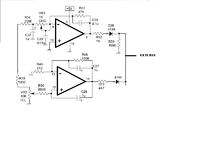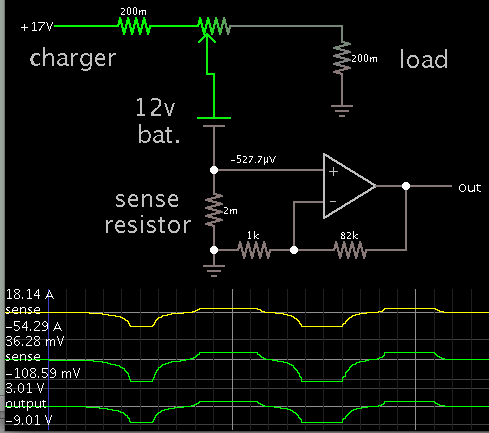sahu
Advanced Member level 2
- Joined
- Oct 9, 2009
- Messages
- 516
- Helped
- 68
- Reputation
- 130
- Reaction score
- 62
- Trophy points
- 1,308
- Location
- Uttar pradesh (INDIA)
- Activity points
- 3,876
any bode can help me about bidirectional dc current sensing with 358 or 324 op amp ? need its output read form mcu. i was try on Google , but not get it .


